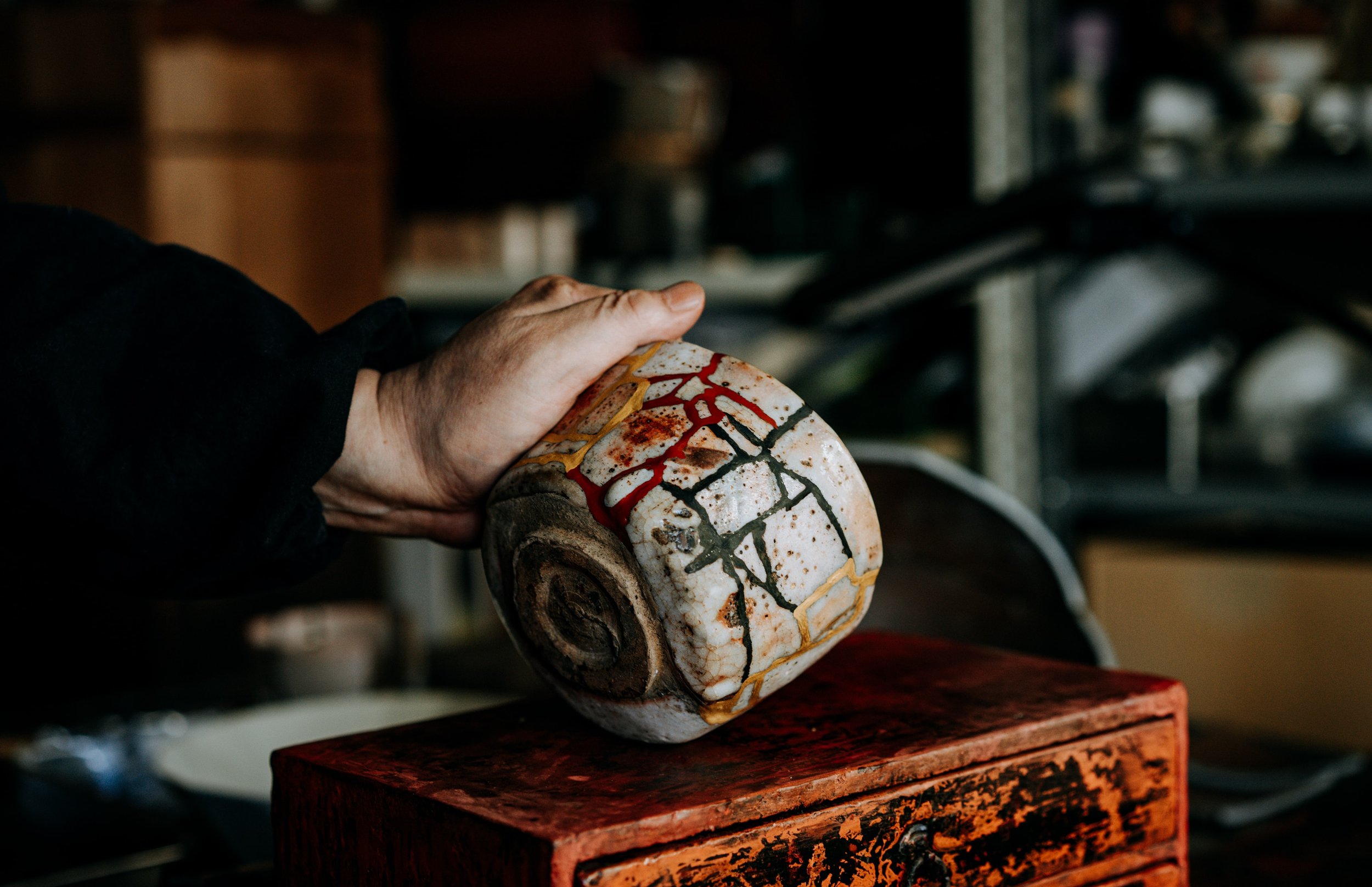WHERE TO DRINK TEA IN JAPAN
From the traditional to the contemporary, your expert guide to a collection of essential spots to experience tea in Japan.
SHOJU-IN TEMPLE, KYOTO
Yuri Yasuda, founder of matcha brand Sayuri Tea
A fun place to visit in Kyoto is a small temple called Shoju-in temple in Tsuzuki-gun near Uji City, which I stumbled across on my way to visit one of my tea farmers. Founded around 800 years ago, it’s very small and almost quaint, but full of warmth and creativity. It has 160 pieces of wonderful patterning on the ceiling, and also features a heart-shaped window looking into the garden, through which sunshine enters the temple at different points of the day.
TENCHADAI, THE HEAVENLY TEA TABLE, SAGA PREFECTURE
Kylie Clark, head of Japanese experiences at Pantechnicon
Here, you can experience the tea ceremony held for you by the same farmers who grow the tea, while sat on a platform set 200 metres above the Soejima-en tea fields in Ureshino, Kyushu. The destination is called Tenchadai, meaning the ‘heavenly tea table’, and with sweeping views across the expansive tea fields, it’s an incredibly special place to drink tea; it really does feel like a teahouse that’s set in the heavens.
KAIKADO CAFÉ, KYOTO
Shu Terase, head of retail at Pantechnicon
The Kaikado Café is a beautiful café created by tea caddy maker Kaikado, located a short walk from their workshop. The stunning interiors were designed by Danish design studio OeO. The menu offers a range of delicious artisanal teas to try including Kaikado Supernatural, which is a house blend of Kumamoto black and green teas, and their hojicha au lait for those who prefer tea with milk.
SHOP: KAIKADO TIN TEA CADDY
URESHINO, SAGA PREFECTURE
Takahiro Yagi, sixth-generation director a tea caddy maker Kaikado
I’d head to Ureshino, an area in Saga Prefecture on Kyushu island. There are a lot of ceramicists based there so you can enjoy tea straight from the wares they create. The view of the tea fields is also very nice and there’s also one of the world’s oldest and largest tea trees in Japan – a symbolic tree said to be planted around mid-17th century by Yoshimura Shinbe, the founder of Ureshino tea.



